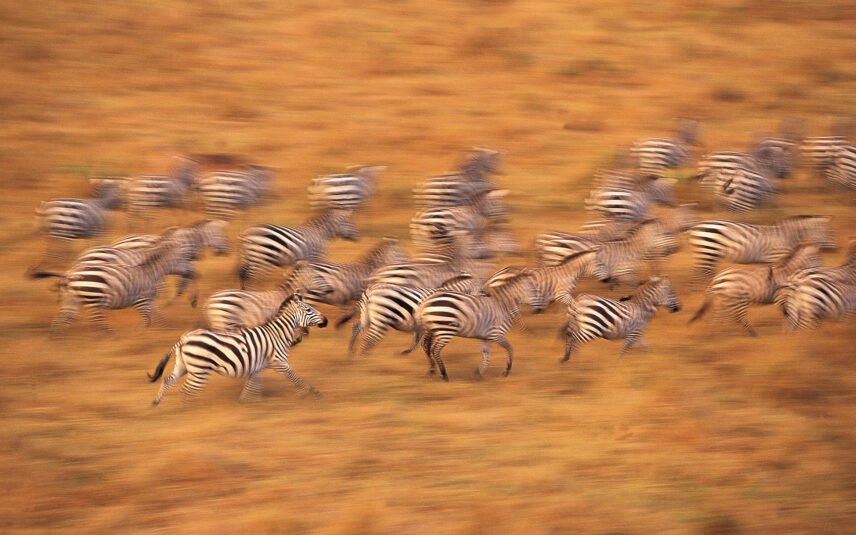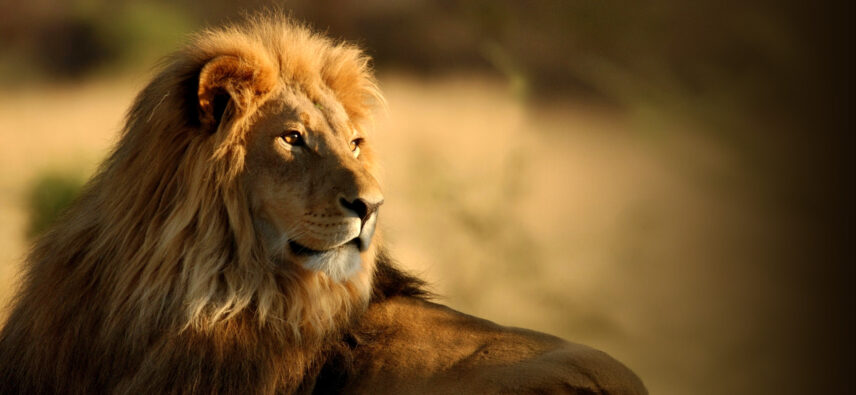
Sep 21, 2024
10 Reasons Why You Should Visit Zanzibar After a Safari or Trek
It’s no wonder why travelers choose Zanzibar after their Tanzanian safari or trek. White sand beaches, gorgeous weather and a vibrant cultural legacy make this island paradise a must-see.
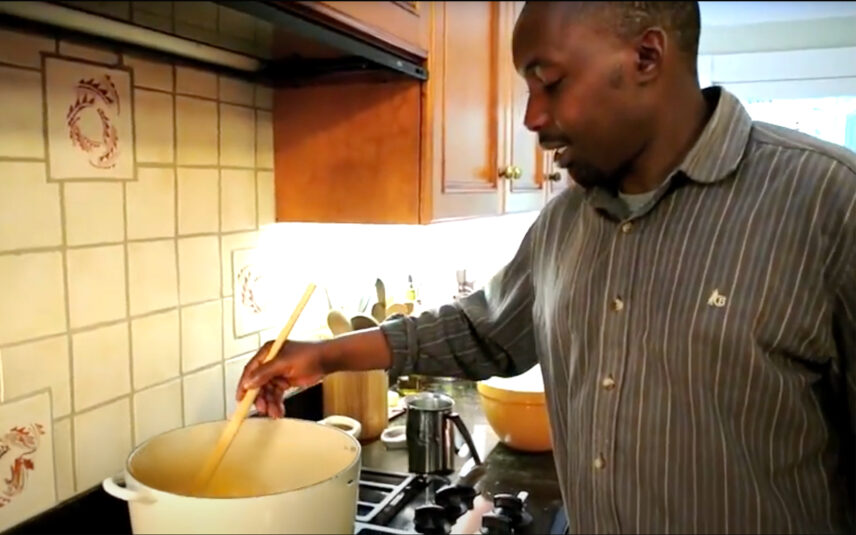
VIDEO: Camp Chef, Herriel Prepares Soup
Not only do the heavy rains of spring bring green grasses to the Tanzanian plains, they also allow the team in Tanzania to reboot and prepare for the next…
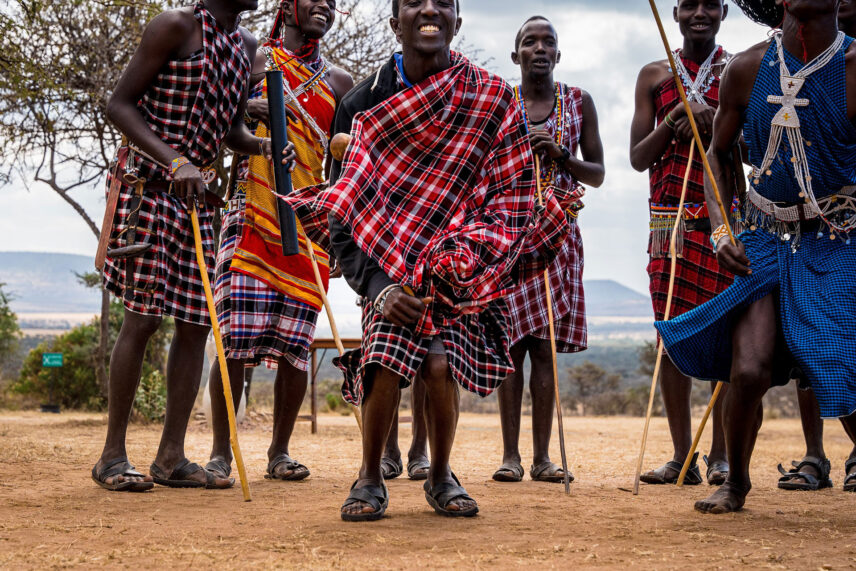
Jan 16, 2023
Traditional Maasai Food: Blood and Milk
Italians have pasta, Russians have borscht, and Americans have cheeseburgers and cherry pie; traditional foods can be found in every culture, and the 120+ ethnic and tribal groups living in…
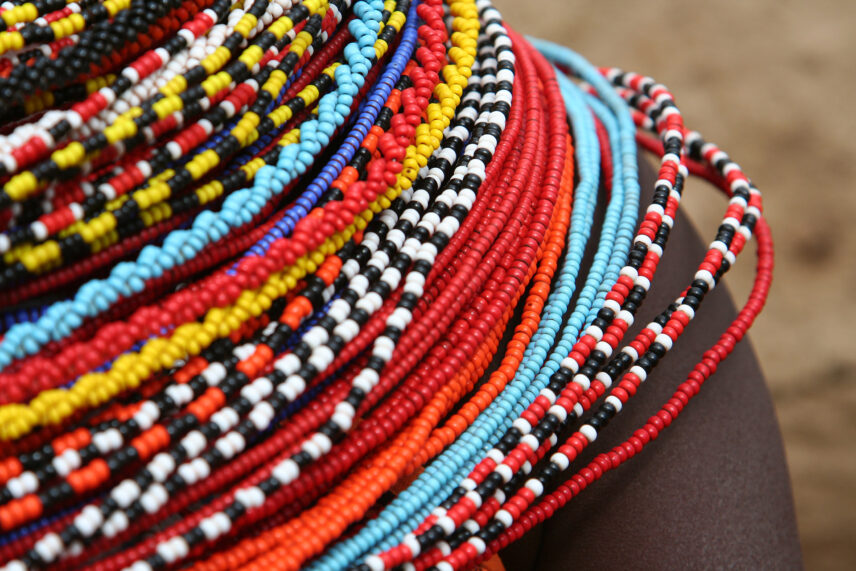
Oct 18, 2022
5 Things You Didn’t Know About Maasai Beadwork
Many of our guests are fascinated by the beautiful Maasai beadwork they find on safari in Tanzania. The beadwork is used to create accessories like necklaces, bracelets, pendants, anklets, belts,…
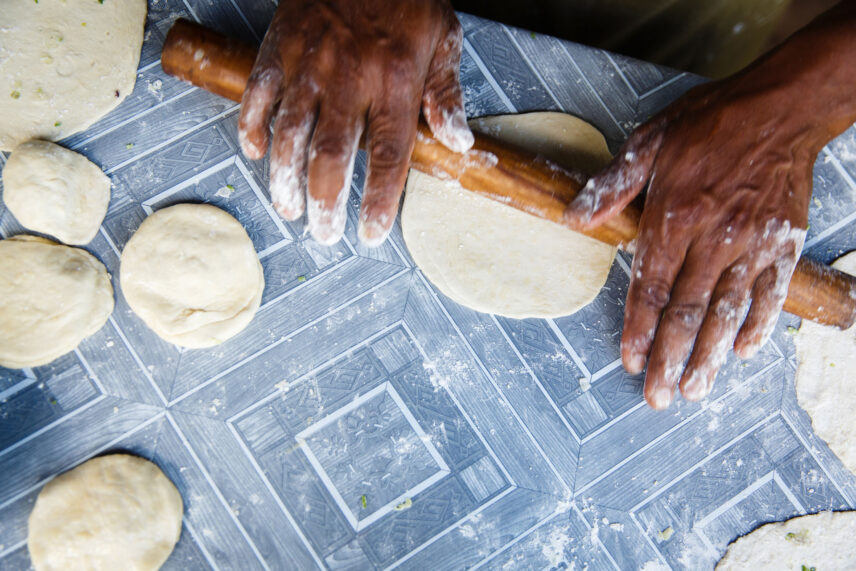
Mar 16, 2022
Meet Safari Camp Chef Rebeka Maronde
Ever wonder who is behind those delectable meals on safari? Meet Chef Rebeka Maronde, a rising star in the Tanzania culinary scene. She is one of the many top chefs…
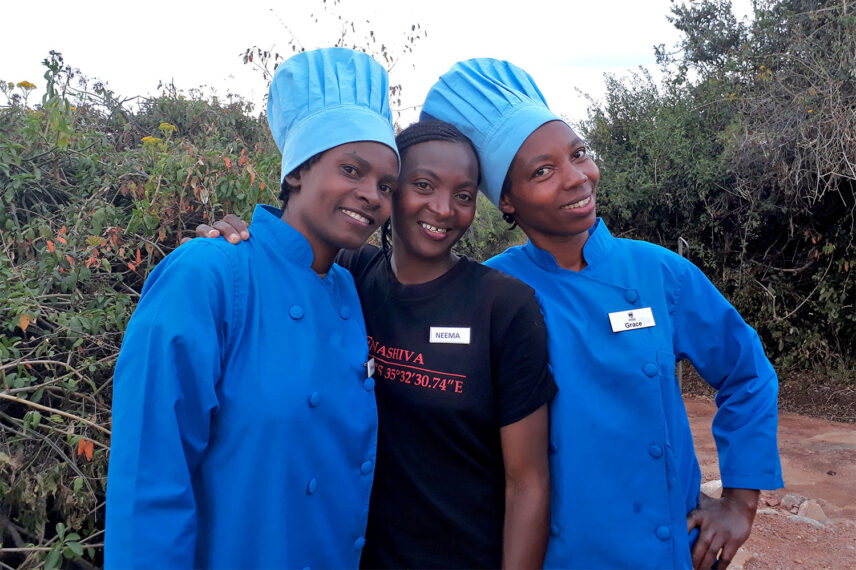
Mar 14, 2022
Meet the Special Women of the Nyumba Camps
In Tanzania, it’s often challenging for women to find jobs, particularly in industries dominated by men. Safari travel is one such industry. Work in the Serengeti and other parks is…
